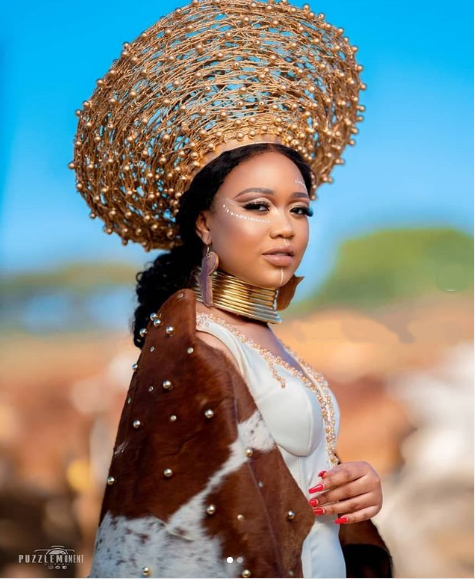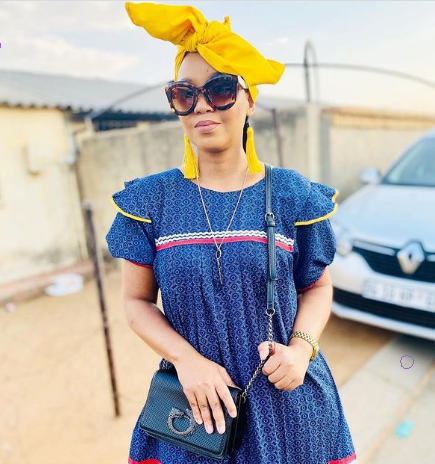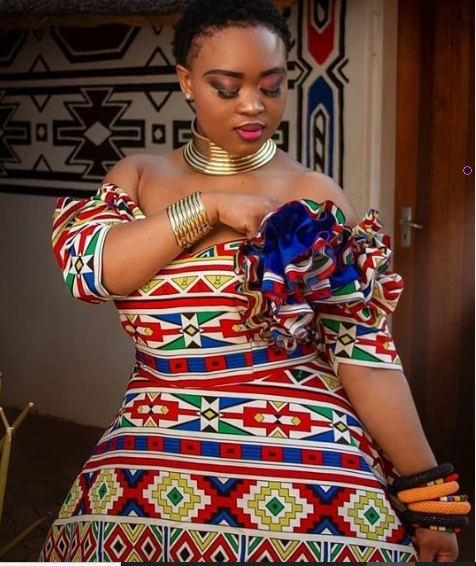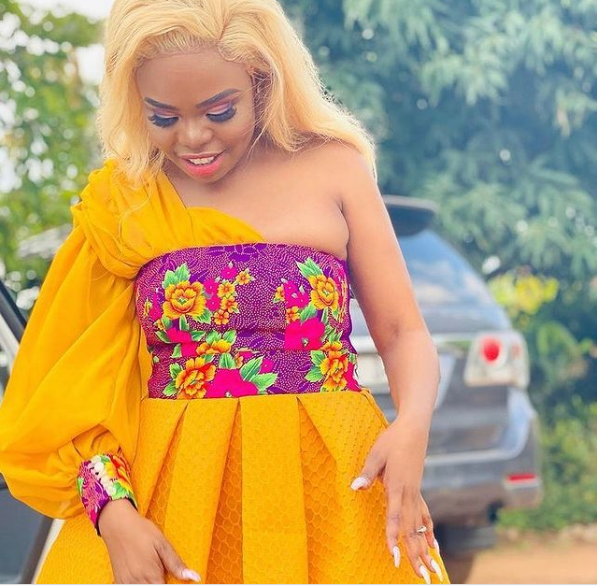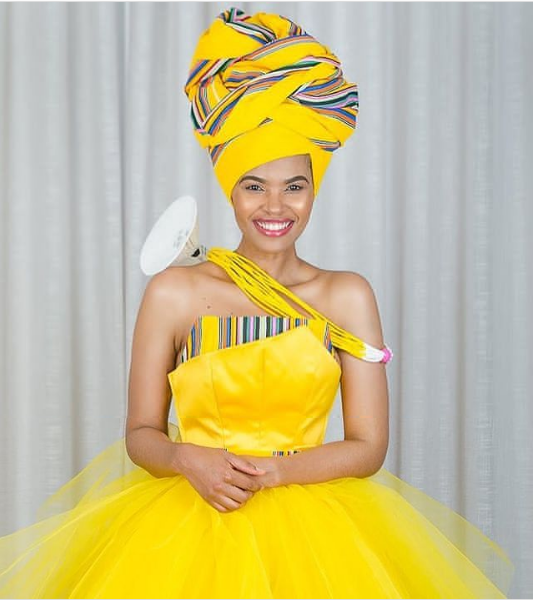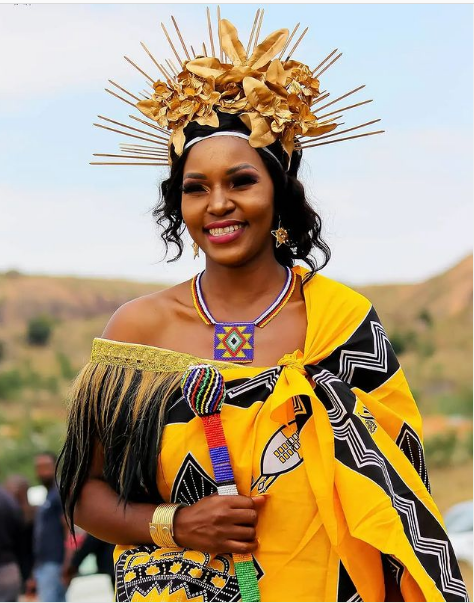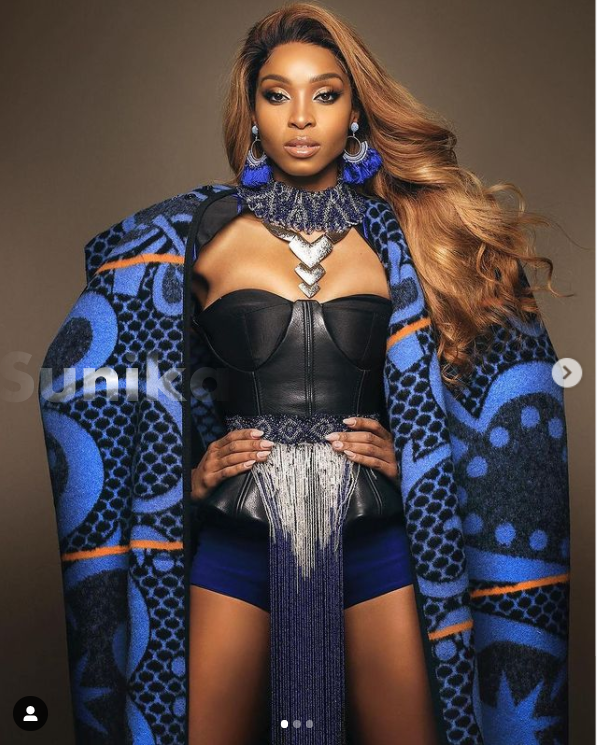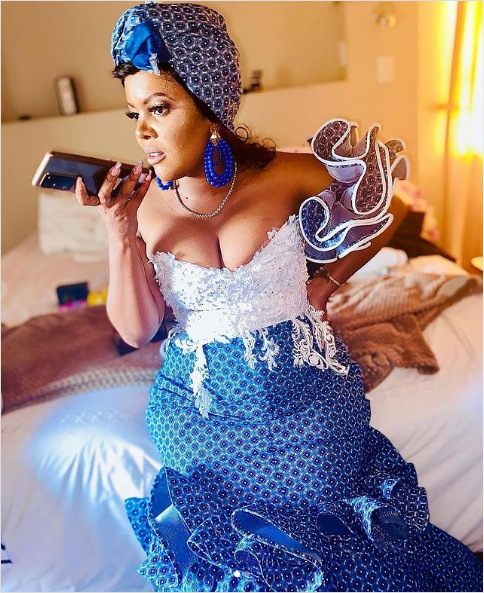Traditional Attire
One of the most striking aspects of African culture is its clothing. The African Traditional Attire is not only unique but also has a rich history behind it. However, with changing times, modern Traditional Attire designs have also emerged, which combine traditional elements with contemporary designs. In this article, we will take a closer look at South African Traditional Attire, their evolution, and the different styles available today.
Evolution of Traditional Attire:
Traditional African Attire has evolved over time, influenced by various factors such as globalization, changing fashion trends, and the need for more comfortable clothing. In the past, traditional attire was heavily influenced by the climate, with loose-fitting, breathable garments being preferred. However, with the introduction of Western clothing styles, Traditional African Attire has undergone a significant change.
During the 20th century, Traditional African Attire started becoming more Westernized, with shorter hemlines, tighter fits, and the use of more modern fabrics such as cotton, processed leather, polyester and nylon. This trend continued into the 21st century, with African Fashion designers incorporating Western styles into traditional clothing to create a unique fusion.
Types of Traditional Attire
Xhosa Traditional Attire
Xhosa traditional attire is one of the most beautiful traditional outfits in South Africa. The Xhosa people are a major ethnic group in South Africa, and their traditional attire is very colorful and elaborate. Read more
Zulu Traditional Attire
The most prominent adornment in Zulu traditional dresses are iconic circular-shaped hats called isicholo, which are worn by married women. Read more
Pedi Traditional Attire
The Pedi traditional attire is the most colourful of the South African Traditional Dresses. SePedi attire is made mostly in combinations of bright pinks, turquoise, Yellow sometimes blue and white. The rich and vibrant colours represent happiness.
Ndebele Traditional Attire
The traditional attire of the Ndebele people is both striking and colorful. The Ndebele people are a tribe who live in South Africa and parts of Zimbabwe. Their traditional attire is popular among tourists, and has been featured in fashion shows around the world. Read More
Tsonga Traditional Attire
Tsonga traditional attire is unique and interesting. The attire has a lot of beadwork, which is something that is very sought after these days. The beading on the attire is usually in geometric shapes, and it is very colourful. Read more
Venda Traditional Attire
The modern Venda traditional Attire remains relevant to the cultural significance of the Venda traditional culture and its’ rich history. Designers have creatively incorporated the age old Venda traditional clothing style into the modern Venda dress designs.
Swazi Traditional Attire
Swazi traditional attire has always been a source of pride and elegance for the Swazi people. The attire is unique in that it is very colorful and incorporates a variety of textures and patterns. It is also very comfortable and practical, allowing the wearer to move around freely. Read more
Sotho Traditional Attire
The Sotho traditional attire is a colorful and striking ensemble. The Sotho people are a Bantu ethnic group who inhabit southern Africa. Their traditional attire is among the most colorful and ornate in all of Africa. Read more
Tswana Traditional Attire
The Tswana traditional attire is a colorful and vibrant ensemble that is full of symbolism and meaning. The clothing of the Tswana people is an important aspect of their culture. Each article of clothing has a specific meaning and purpose. The traditional attire of the Tswana people helps to distinguish them from other cultures in Africa. Read more
In conclusion, traditional attire is an important aspect of many cultures around the world. It serves as a symbol of heritage and pride, and provides a way for people to connect with their cultural roots. Wearing traditional attire can create a sense of unity and belonging among community members, and can help to keep traditional crafts and techniques alive. However, it is important to approach traditional attire with sensitivity and respect for individual choice and agency.

